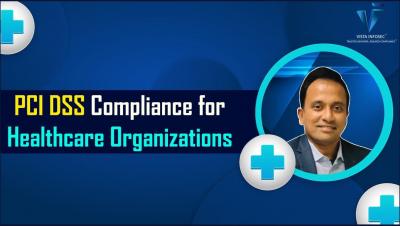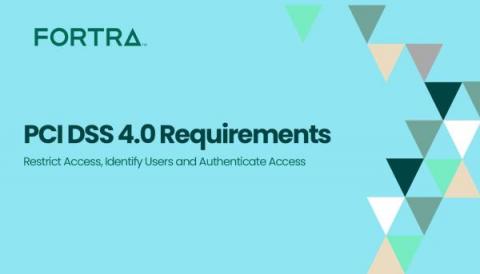PCI DSS 4.0 Requirements -Test Security Regularly and Support Information Security with Organizational Policies and Programs
The Payment Card Industry Data Security Standard (PCI DSS) has always been a massive security undertaking for any organization that has worked to fully implement its recommendations. One interesting aspect that seems to be overlooked is the focus on the Requirements, and while minimizing the testing necessities. Not only is testing part of the full title of the Standard, but it is formally memorialized in Requirement 11 of the Standard, “Test Security of Systems and Networks Regularly.”











